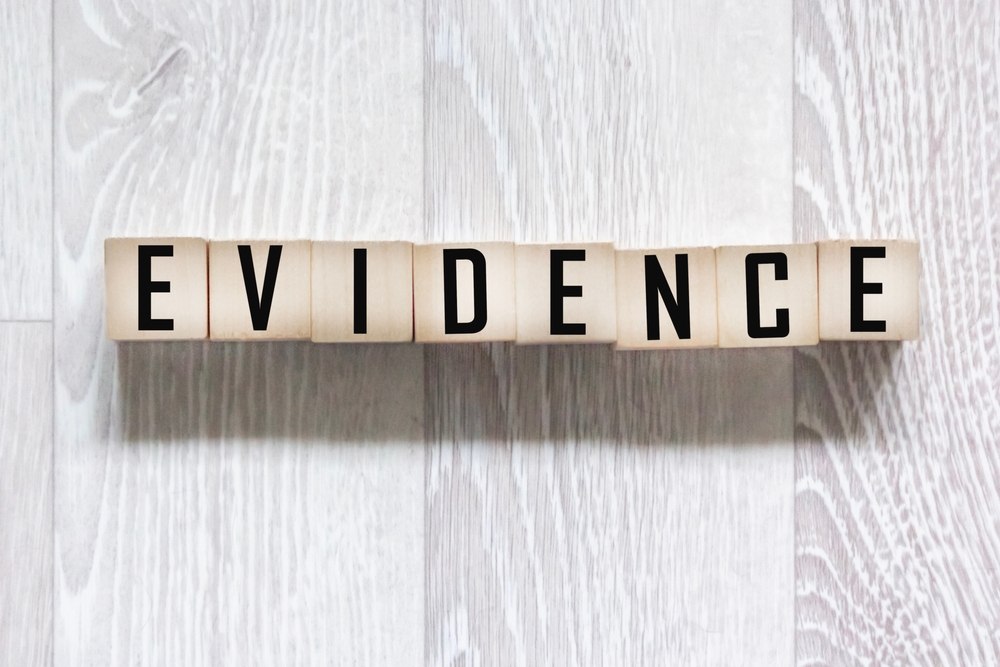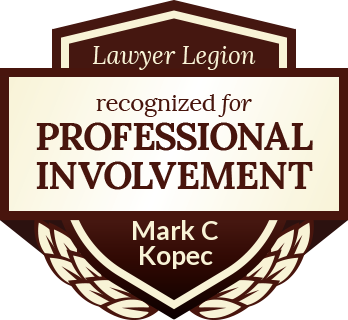Habit Evidence: Rosebrook v. ESEP 2
The Baltimore Medical Malpractice Lawyer Blog examines issues in Maryland medical malpractice cases. In this post, Part 2, I discuss the admission of habit evidence of a defendant doctor in a medical malpractice claim. In Part 1, I examined agency law and a lawyer’s filing of a notice of appeal after the client’s death. The case is the Court of Special Appeals reported opinion in Rosebrook v. Eastern Shore Emergency Physicians, LLC, 221 Md. App. 1 (2015).
Factual Background
The plaintiff was working as a nurse’s aide at a nursing home and fell on a wet floor. When EMTs arrived, she complained of right hip, right knee, and slight lower back pain. The EMTs immobilized her on a backboard and took her to the Emergency Room. The triage nurse documented pain in the right knee, right hip, and lower back. (Op. at 3).
The defendant ER doctor took a history from the plaintiff and examined her. The ER records referenced hip and knee pain; x-rays of both were normal. The records did not reference back pain, and the space for back examination was blank. The ER discharged with a diagnosis of hip and knee contusions. (Id.). (The defendant doctor would later testify in evidence in a medical malpractice case to her habit of examining someone brought in on a backboard.)
Three days later, the plaintiff followed up with a doctor, complaining of soreness in her hip, knee, and back. The doctor diagnosed leg pain and increased her pain medication. The doctor planned to do an MRI if there was no improvement. A week later, an MRI of the right hip was normal and showed degenerative disc disease in the lower lumbar spine. (Id. at 3-4).
Compression Fracture
During this time, the plaintiff had several falls at home. These falls are significant as they could have exacerbated her condition. A week after the MRI, the plaintiff’s condition was worsening, and she saw another doctor. X-rays of her back revealed an acute compression fracture of the L3 vertebrae with nerve root impairment. A CT scan revealed a burst fracture of L3. After the condition did not improve with bracing, the plaintiff underwent a spine fusion surgery. (Id. at 4).
The plaintiff went to a rehabilitation facility. Her surgical wound became infected, and she obtained treatment. During this time, she had a ventricular fibrillation. It left her in a vegetative state before she passed over seven years later. (Id. at 4-5).
Medical Malpractice Lawsuit
While she was in a vegetative state, the plaintiff’s guardian, who was a court-appointed guardian to act on her behalf, brought a lawsuit for medical malpractice in the Circuit Court for Baltimore City, which the parties later agreed to transfer to the Circuit Court for Queen Anne’s County. The jury found for the defense. The plaintiff filed a motion for judgment notwithstanding the verdict, which the circuit court denied. The guardian then filed the notice of appeal. (Id. at 5).
The plaintiff filed a motion for judgment notwithstanding the verdict or for a new trial, arguing that the trial court erred in admitting the defendant doctor’s habit testimony regarding the examination of individuals who arrive at the emergency room on a backboard. The circuit court denied the motion. The plaintiff then died, and her guardian filed a notice of appeal. This legal argumentation forms the crux of the case, engaging the reader in the intellectual discourse of the legal process.
Court of Special Appeals on Habit Evidence in Medical Malpractice
The plaintiff argued that the circuit court erred by allowing the defendant doctor to testify regarding her habit of examining a patient on a backboard. This argument is rooted in Maryland Rule 5-406, which the plaintiff contended was not adhered to. Firstly, the doctor’s testimony regarding her routine of examination was not the type of “habitual response” allowed by the rule. The rule provided:
Evidence of the habit of a person or of the routine practice of an organization is relevant to prove that the conduct of the person or organization on a particular occasion was in conformity with the habit or routine practice. (Id. at 16).

The plaintiff argued that the defendant failed to show that the examination of patients who had experienced a fall was the type of nonvolitional activity performed with invariable regularity, as well as to establish the semi-automatic nature of such examination. (Id. at 15).
The doctor testified that she treated several patients per shift who arrived on a backboard, and conducted a spine examination on every one, the same way, before removal. (Id. at 21). Accordingly, the CSA found that this evidence was admissible under Rule 5-406. (Id. at 22).
Commentary by Baltimore Medical Malpractice Lawyer Mark Kopec on Habit Evidence
In the midst of litigation, often several years after a procedure, many doctors do not recall the procedure at issue. Rule 5-406 allows doctors to testify to their habits of practice if their testimony is that they repeatedly do the same thing in the same way in every such circumstance.
That rule applied here as to the examination and removal of a patient from a backboard. The plaintiff could score a point in cross-examination by pointing out that the doctor did not check off the back examination on the medical records. However, the defendant doctor’s testimony, along with her expert witnesses, was likely persuasive that this was a standard procedure in this case.
The defendant emerged victorious in this case, with significant implications. There are aspects of this case that many medical malpractice lawyers would have passed on. The plaintiff’s repeated falls after the initial fall could complicate the determination of the actual cause of her fracture. Additionally, the plaintiff was in a vegetative state and then ultimately died from a reason unrelated to the alleged medical malpractice. Many medical malpractice lawyers will not pursue a case in such an instance. It can be tough to persuade a jury to give damages to someone in a vegetative state from another cause. Here, neither the jury verdict nor the appellate ruling was surprising.
You can read other Blog posts on issues involving Evidence.
Mark Kopec is a top-rated Baltimore medical malpractice lawyer. Contact us at 800-604-0704 to speak directly with Attorney Kopec in a free consultation. The Kopec Law Firm is in Baltimore and helps clients throughout Maryland and Washington, D.C. Thank you for reading the Baltimore Medical Malpractice Lawyer Blog.





